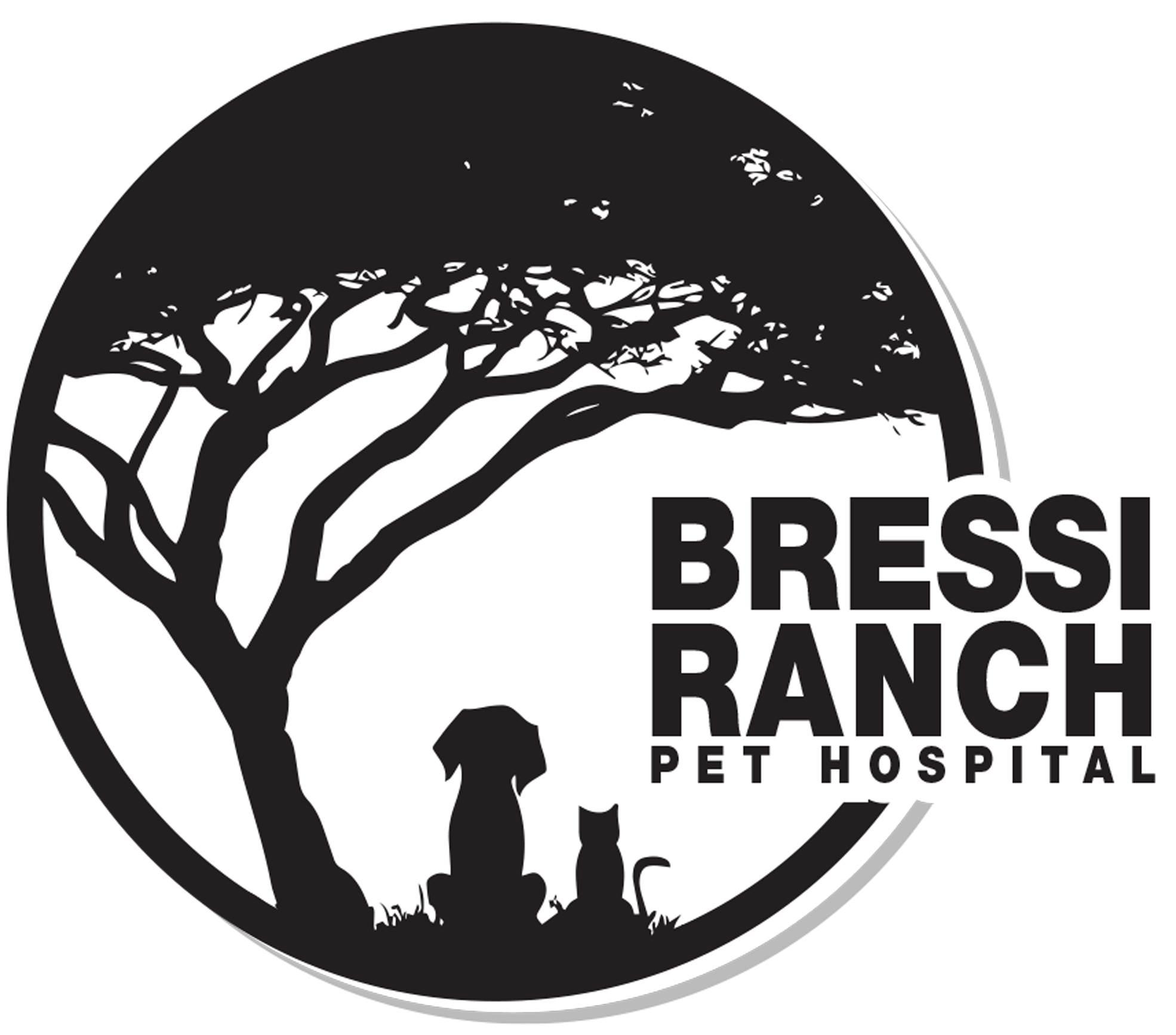Library
-
In North America, obesity is the most common preventable disease in cats and is one of the most common overall. Almost 60% of domestic cats are overweight. Scientific evidence now reveals that fat tissue is biologically active; it secretes inflammatory hormones and creates oxidative stress on the body's tissues, both of which contribute to many diseases and a decreased quality of life. Treating obesity as a chronic, low-level inflammatory condition is the new approach.
-
In North America, obesity is the most common preventable disease in dogs. Almost 50% of domestic dogs are overweight. Scientific evidence now reveals that fat tissue is biologically active; it secretes inflammatory hormones and creates oxidative stress on the body's tissues, both of which contribute to many diseases and decreased quality of life. Treating obesity as a chronic, low-level inflammatory condition is the new approach.
-
Some over-the-counter human medications can be used for common ailments in dogs, but you must consult your veterinarian before using them to determine the correct dose and to ensure they will not interact with other medications your dog is taking. Some medications are toxic. If the condition you are treating does not respond to treatment, contact your veterinarian.
-
Obesity is the most common problem in cats in North America and leads to an increased risk of diabetes mellitus, heart disease, and several types of cancer. Extra body fat causes increased inflammation associated with osteoarthritis. Reducing inflammation and pain can help an overweight cat to regain activity, which in turn can lead to more appropriate weight loss. Obesity can be prevented or reversed when cat owners are aware of calorie intake, body condition, and improving movement or activity.
-
Obesity is a common problem in cats. It results from too many calories being eaten and not enough calories being burned. Extra body fat causes increased inflammation in the body, worsening osteoarthritis and joint disease. To prevent your cat from becoming obese, speak to your veterinarian about your cat’s calorie needs and an appropriate food for your cat's life stage. Increasing your cat's daily activity can help prevent or reverse obesity. Be aware of your cat's body condition and keep track of her weight.
-
Obesity is the most common problem in dogs in North America and leads to an increased risk of diabetes mellitus, heart disease, and several types of cancer. Extra body fat causes increased inflammation associated with osteoarthritis. Reducing inflammation and pain can help an overweight dog to regain activity, which in turn can lead to more appropriate weight loss. Obesity can be prevented or reversed when dog owners are aware of calorie intake, body condition, and exercise.
-
Obesity is a common problem in dogs and results from too many calories being eaten and not enough calories being burned. Extra body fat causes increased inflammation in the body, worsening osteoarthritis and joint disease. To prevent your dog from becoming obese, speak to your veterinarian about your dog's calorie needs and an appropriate food for your dog's life stage.
-
Most cats instinctively hide their pain as a survival mechanism which can make detecting pain in cats a challenge. Although the signs may be subtle, careful observation of a cat’s everyday behaviors will often reveal pain when it is present. These signs may include changes in behavior, mobility, elimination, and grooming habits. Common pain medications include NSAIDs and opioids. Your veterinarian will choose the appropriate drugs based on your cat's specific needs.
-
Many dogs will instinctively hide their pain as a survival mechanism which in the past, led well-meaning experts to presume that dogs did not feel pain the same way humans do. Although the signs may be subtle, careful observation of a dog’s everyday behaviors will often reveal pain when it is present. These signs may include changes in behavior, mobility, and appetite. Common pain medications include NSAIDs, opioids, and other therapeutics. Your veterinarian will choose the appropriate drugs based on your dog’s specific needs.
-
House paint, art paint, varnishes and other decorative or protective solvents come in many varieties, and most are dangerous to dogs and cats. Water-based paints, the most common, include latex, tempera, and poster paints.
